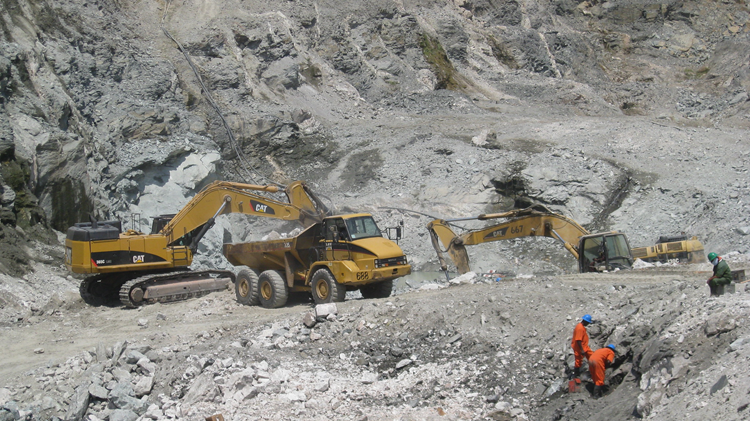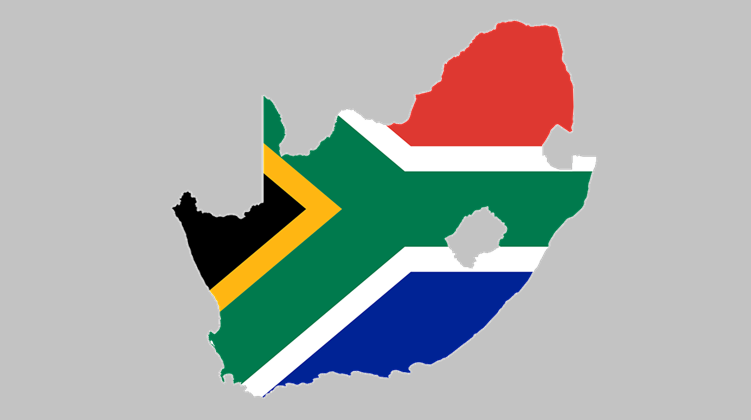Tackling working poverty and informality in Africa’s labour future

Africa’s jobs crisis is about quality, not quantity: curricula must reflect today’s and tomorrow’s job market needs, like digital and green skills.
Africa may have one of the highest labour participation rates in the world, but most of its workers remain trapped in informal, low-paying jobs that fail to provide a way out of extreme poverty.
With a working-age population of around 900 million (ages 15–64), abundant natural resources and a rapidly advancing digital landscape, Africa is facing significant shifts in its employment landscape. The labour market presents both critical challenges and vast opportunities, with ongoing transformation from agriculture to manufacturing, and from informal to formal work. Patterns vary significantly across regions: urban areas foster jobs in manufacturing and digital services, while rural areas continue to depend on agriculture and mining.
According to the International Labour Organisation (ILO), an employed person is anyone aged 15 or older who has worked at least one hour for pay within a given week or is temporarily absent from work due to reasons such as annual leave, illness or maternity, within a specified period. The definition covers all forms of employment, both formal and informal, regardless of whether the employment is declared or not.
In this context, the actual meaning of employment is having paid work. But it is seldom a living wage. Employment data, therefore, would include an executive of a company, who may be earning a million dollars a year, and a teacher in the Democratic Republic of the Congo (DR Congo), who earns US$100 per month. It also includes a street vendor in Soweto, South Africa, who sells packets of peanuts and may be earning 80 cents or a dollar per day in the informal sector.
Because participation in the informal economy is considered part of employment, the informal sector dominates employment, accounting for more than 85% of jobs in Africa. While informal jobs provide livelihoods for millions, they often lack job security, social protections and income stability. This duality between informal and formal, subsistence and skilled labour continues to shape the African employment narrative.
The informal sector dominates employment, accounting for more than 85% of jobs in Africa
However, the reality is more complex, with many even in the formal sector classified as extremely poor, despite being employed. Minimum wages are often too low to cover basic living costs. The ILO refers to these people as the ‘working poor’—this means their employment-related incomes are not sufficient to lift them and their families out of extreme poverty and ensure decent living conditions.
The phenomenon of the working poor is driven by several key factors, including low wages, a high cost of living, underemployment, and high dependency ratios. In 2024, Africa had an average dependency ratio of 1.3 working-age persons (15-64 years of age) to every dependant (children under 15 years and elderly over 64 years). When the ratio of working-age people to dependants reaches 1.7, countries generally enter the first demographic dividend.
To observers, Africa often presents the picture of a dual economy: a relatively small formal sector that includes government, certain services and a limited amount of industry, alongside a large informal sector where underemployment is prevalent and which is characterised by survival, poverty and low productivity. Underemployment is a key indicator of the poor quality of most jobs in Africa and is characterised by low work hours and low labour productivity.
The rate of the working poor in the informal sector is much higher than that in the formal sector. In the absence of a social net, employment in the informal sector is, of course, better than no employment or income. But by its nature, informal work does not offer benefits such as health insurance, unemployment insurance or paid leave. The majority of informal workers—many of them self-employed—must work daily to earn a living and cover basic household needs. Their livelihoods are often unstable, leaving them highly vulnerable and with limited capacity to withstand shocks, such as the lockdowns experienced during the COVID-19 pandemic.
People living on less than US$2.15 per day are considered extremely poor, while those living on US$3.65 per day in lower-middle-income countries and below US$6.85 in upper-middle-income countries are considered moderately poor. The percentage of working poor living below US$2.15 per day in 2024 as a share of total employment in Africa was estimated at 29.3%, and the percentage was even higher in low-income countries. Figure 1 shows that the percentage of workers who are extremely poor in Madagascar and DR Congo is more than 70% of the employed labour force. This means that even where employment is high, the majority of people remain unable to meet basic needs—a clear signal that job quantity alone is not enough.
Because the ILO includes participation in the informal economy as part of employment, a larger portion of Africa’s labour force is classified as employed than one would expect. In 2024, Africa's unemployment rate was estimated at only 6.7%, thus only slightly above the global average of 5%. Among young Africans aged 15 to 35, approximately one in 22 (4.5%) were unemployed, with a forecast indicating an increase to 5.2% by 2030.
Although many unskilled and undereducated individuals are employed in the informal sector, employment in this context cannot be classified as ‘decent work’, which the ILO defines as one that is productive and delivers a fair income, security in the workplace and social protection for all, better prospects for personal development and social integration, freedom for people to express their concerns, organise and participate in the decisions that affect their lives and equality of opportunity and treatment for all men and women.
Economic transformation enables an increase in labour earnings and drives employment transformation—a shift in the share of employment from informal to formal. A recent AFI-ISS study shows that under the Combined scenario—where all eight positive sector interventions are applied across Africa—the total labour force in 2043 would be 4.2% larger than in the Current Path scenario, driven by a growing working-age population. The share of informal workers would drop by 13 percentage points, raising formal employment to 60% of the total labour force by 2043, as depicted in Figure 2. This projected shift toward formality under the Combined scenario shows that economic transformation can meaningfully improve job quality, but only if pursued deliberately.
As the continent progresses and shifts from an agrarian economy to industrial and service-based structures, new formal job opportunities are created in sectors such as manufacturing, finance and information technology (IT). Additionally, the Combined scenario will boost Africa’s urbanisation by 0.7 percentage points above the Current Path, reaching approximately 53% as the labour force transitions from informal rural employment to formal jobs in urban areas.
The Manufacturing scenario has the most significant impact on reducing the informal labour force by about nine percentage points by 2043 (Figure 3), highlighting the transformative potential of industrial expansion in creating more formal job opportunities. The data underscores that industrialisation, especially through manufacturing, has the greatest potential to reduce informality and improve livelihoods.
Industrialisation, especially through manufacturing, has the greatest potential to reduce informality and improve livelihoods
Expanding productive employment is essential for Africa to take advantage of its demographic dividend rather than face a demographic burden. Manufacturing can play a vital role in this effort because it has the potential to provide jobs for a large number of semi-skilled workers, particularly in areas like agro-processing, garment production and assembly work. Additionally, manufacturing has multiplier effects on job creation in supporting sectors such as logistics, distribution and maintenance.
Africa’s work and jobs landscape holds significant potential, but to unlock it, the continent requires good leadership, inclusive policies and sustainable long-term investment in education and skills development. As the continent advances toward a future shaped by its youthful population, it needs a shift in mindset and policy that would allow a speedier escape from poverty compared with the slow progress envisioned in the Current Path.
On the one hand, governments must go beyond job creation to raise job quality, ensuring fair wages, protections and resilience to future shocks. Without bold action, the promise of Africa’s demographic dividend could give way to deeper economic fragility and inequality.
On the other hand, African governments must help to create a culture of entrepreneurship, so that Africa will be able to reduce unemployment. Attitudes need to change from ‘getting an education to get a job’ to ‘getting an education to create jobs and opportunities’. Better skills lead to better work.
Even then, such entrepreneurship and self-employment will not suffice to solve the unemployment challenge. It therefore seems inevitable that additional interventions, such as social grants combined with public work programmes, will have to be implemented on a massive scale if Africa is to reduce extreme poverty and ensure the basic survival of a significant share of its population.
Image: geralt/Pixabay
Read the full recently updated theme report on Work/Jobs here.
Republication of our Africa Tomorrow articles only with permission. Contact us for any enquiries.






